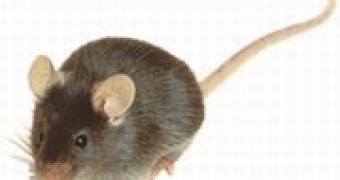After the brain consisting of 25,000 brain cells extracted from a rat embryo which had learned to fly a F-22 warplane, another team of researchers, this time from the Salk Institute for Biological Studies, showed what happened when human embryonic stem cells (hESC) are injected in the developing brains of two-week-old mouse embryos.
Fred H. Gage together with his team have proved for the first time that the hESCs mature into fully functional adult brain cells and integrate into the existing nervous system.
This novel finding paves the way for a new approach to the study of neurodegenerative disorders and has the potential to speed up the testing of therapeutic drugs to treat these diseases.
In the past, hESC injected into adult mice often formed tumors or were rejected by the mouse immune system. Hoping to circumvent these problems, Gage and his team opted for injecting hESCs into the developing brains of embryonic mice.
To be able to track the cells' fate after injection, the Salk scientists labeled the hESCs with green fluorescent protein.
The green glowing hESCs differentiated into diverse types of neurons and supporting glia cells, migrated throughout the brain and settled in different regions without forming tumors or being rejected by the mouse's immune system.
"When we characterized these cells two months later, we found that had the morphology, shape and characteristics of mouse cells," says Gage.
"It is truly amazing that these human stem cells, although they are very immature, can still develop surface markers to respond to different cues in their environment and can fit right in with their mouse neighbors. This procedure will also allow other laboratories and drug companies to test the toxicity of new compounds and assess their effects on human brain cells," he adds.

 14 DAY TRIAL //
14 DAY TRIAL //